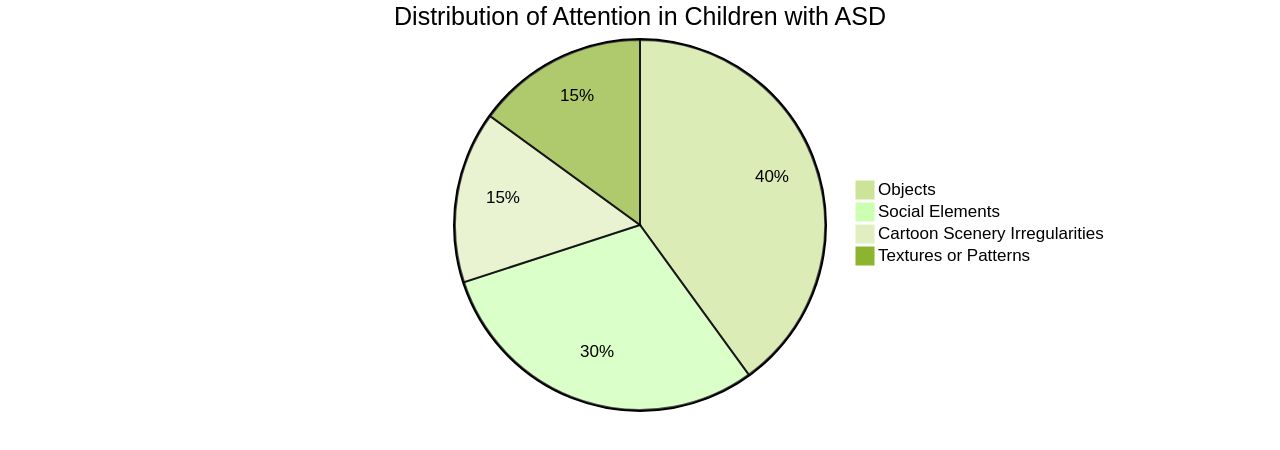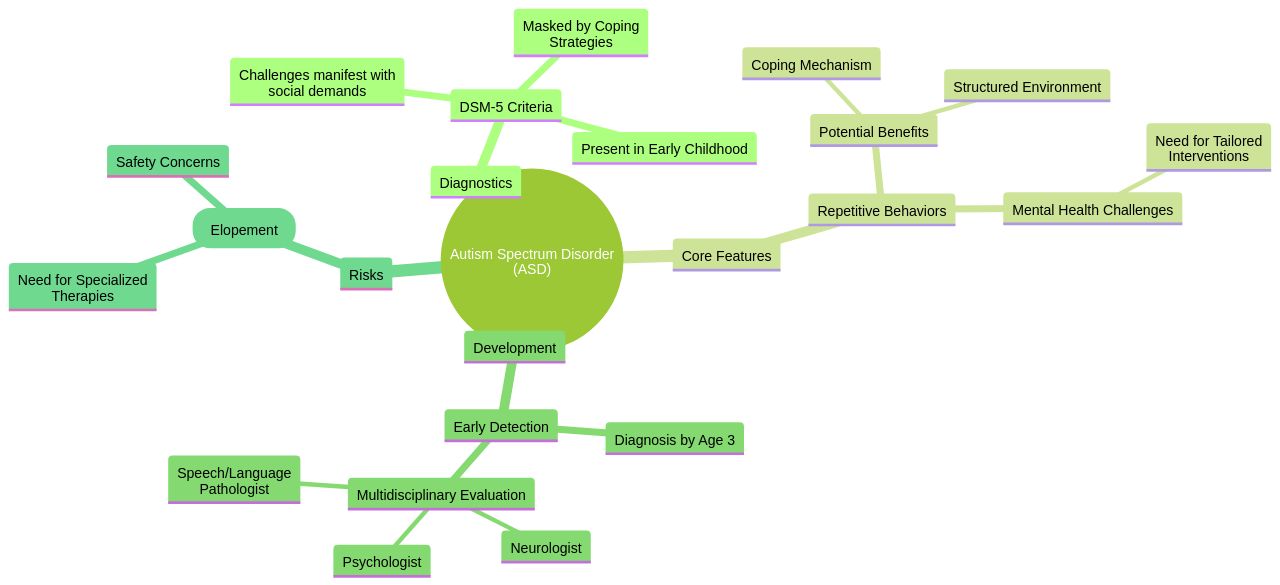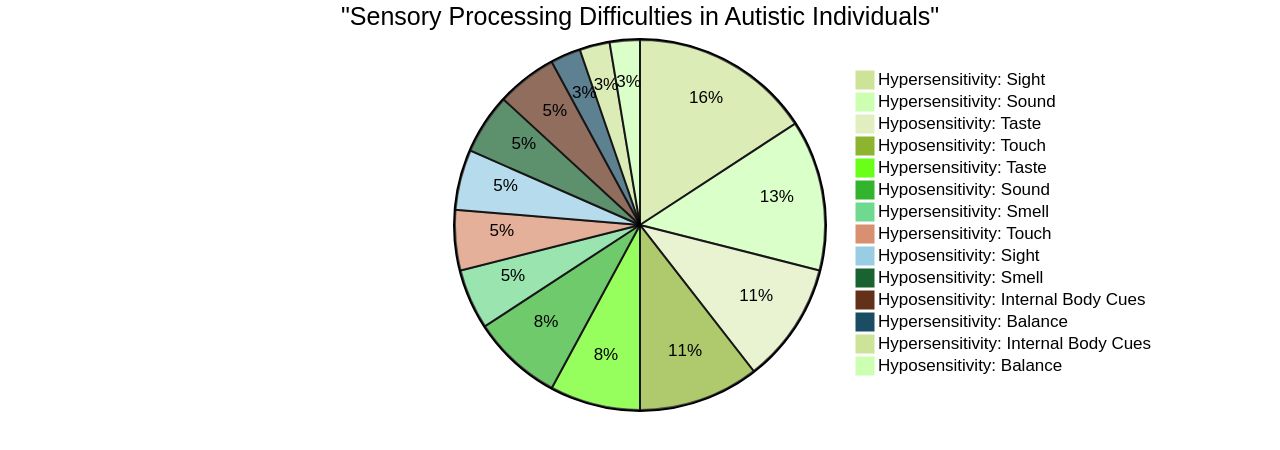Introduction
Autism presents unique challenges for children, especially in the areas of communication, social interaction, repetitive behaviors, sensory sensitivities, and responses to stimuli. Navigating support services and interventions can be arduous for parents, often leaving them feeling judged and stigmatized.
However, innovative research is shedding light on the capabilities of nonspeaking autistic individuals and the importance of early intervention. This article explores the complexities of autism and highlights the need for a more inclusive and understanding environment for autistic families.
Communication Difficulties
Autism presents unique communication challenges for children, with many experiencing delayed speech development and difficulties in understanding both spoken and nonverbal language. Research, including a study involving interviews with ten autistic mothers of children in mainstream education, underscores that these challenges are not just individual but systemic. Parents report that navigating support services for their autistic children is an arduous task, often feeling judged and stigmatized due to their own autism.
These experiences indicate the need for a systemic overhaul to better support autistic families. Innovative research methods are revealing new insights into the capabilities of nonspeaking autistic individuals. A study from the University of Virginia found that, despite limited formal literacy instruction, many nonspeaking autistic individuals have a grasp of written language.
This challenges the assumption that nonspeaking equates to a lack of understanding and opens up the possibility of written communication as a viable method for expression and engagement. The importance of early intervention is recognized, yet services are often tailored for preschool-aged children. Empirical studies to compare the effectiveness of various intervention programs are scarce.
As the prevalence of autism increases, timely and appropriate support is crucial. Boys are more likely to be diagnosed with autism than girls, and the need for family involvement and generalization-focused interventions is a professional consensus. The experiences of autistic individuals and their families highlight the necessity of focusing on the positive aspects of autism and developing training programs by autistic adults to foster a more inclusive and understanding environment.
Social Interaction Challenges
As children mature, their attention naturally gravitates toward social cues in their environment, such as facial expressions and interactions with others. In contrast, research from the University of Geneva (UNIGE) has found that children with autism spectrum disorders (ASD) often show a unique pattern of attention.
Instead of social cues, they may be more captivated by non-social elements like textures or patterns. This distinct attentional preference doesn't align with the typical developmental path of their peers.
The study, which employed eye-tracking technology to monitor how children with and without ASD watched a cartoon, underscored that autistic children develop at their own pace, focusing on different aspects of their environment. These findings, published in the journal eLife, highlight the importance of early intervention designed to foster social attention.
Such interventions could assist in guiding autistic children towards developmental trajectories more similar to those of typically developing children, offering a foundation for more personalized support strategies. Moreover, the study emphasizes the inherent attentional systems present from birth, finely attuned to the presence of others.
This innate ability is crucial for survival and adaptation, but it manifests differently in children with autism. With the understanding that early diagnosis and intervention are key, efforts to train community-based providers in autism identification are critical. When these providers' assessments align with autism specialists' evaluations, as shown in 82% of cases in a recent study, children can access much-needed services sooner. This approach addresses the public health concern of delayed diagnoses, which can lead to postponed interventions and impact child and family outcomes. Supporting the development of services that cater effectively to autistic families, particularly those led and designed by autistic adults, is paramount. These services should celebrate the positive attributes of autism, fostering an environment where autistic children can thrive.

Repetitive and Restrictive Behaviors
Autism spectrum disorder (ASD) manifests in various forms, including a propensity for certain repetitive behaviors, such as hand-flapping or rocking, which may serve as self-soothing mechanisms. These behaviors are not simply quirks; they can be deeply ingrained responses that provide comfort and stability to individuals with autism.
Recent studies suggest that while these behaviors might be puzzling or concerning to observers, they may be beneficial for autistic individuals, helping to alleviate anxiety and other mental health challenges. For instance, research from the MIND Institute's Autism Phenome Project highlighted that a decrease in such repetitive behaviors during early childhood is associated with increased social-communication difficulties and anxiety.
This connection underscores the complexity of autism and the importance of understanding these behaviors within the broader context of the individual's mental health and development. Furthermore, wandering, or elopement, is a significant concern, especially among autistic children between ages five and nine, with data from the National Autism Association revealing that out of 808 reported cases, 17% resulted in death, predominantly due to accidental drowning. These findings emphasize the importance of tailored interventions and therapies that respect the unique needs and behaviors of individuals with autism, rather than attempting to eliminate them without providing alternative coping strategies.

Sensory Sensitivities
Autism Spectrum Disorder (ASD) is a complex neurodevelopmental condition that manifests in a multitude of ways, including how individuals process sensory information. Sensory processing difficulties are a hallmark of autism, with many individuals experiencing hypersensitivities (over-responsiveness) or hyposensitivities (under-responsiveness) across various sensory domains such as sight, sound, taste, smell, balance, touch, and internal body cues.
For instance, the sound of a vacuum cleaner might be perceived as overwhelming or even painful for someone with hypersensitivity, while another might not react to the smell of smoke, indicating hyposensitivity. Recent research underscores the prevalence of sensory processing challenges in autistic individuals, with about 70% of children with autism exhibiting atypical sensory behaviors, according to a study by Drexel University.
These sensory issues are more than just an inconvenience; they can significantly impact daily functioning and quality of life, leading to sensory overload and intense discomfort. To tackle these challenges, assessments and environmental adjustments are crucial.
Innovative studies, such as the one using an online survey with 39 items adapted from the Sensory Assessment by the Autism Education Trust, are pioneering in this field. This research is vital as it maps out sensory needs and evaluates whether the environments of autistic adults, with or without intellectual disabilities, are supportive of those needs. However, despite the critical nature of this issue, there is still a scarcity of research on effective assessment methods for sensory differences in the autistic population. It is imperative for continued investigation to provide better support and interventions for those on the spectrum, ensuring they can navigate their sensory environments with greater ease.

Unusual Responses to Stimuli
Understanding sensory responses in children with autism spectrum disorder (ASD) is crucial for fostering a nurturing environment. These young individuals may experience sensory processing challenges, where they are either hypersensitive (over-responsive) or hyposensitive (under-responsive) to sensory inputs.
This can manifest in various ways: a child might be overwhelmed by loud noises or bright lights, leading to distress, or they might seek out specific sensations, like the feeling of certain textures, that provide comfort. It's essential to recognize that sensory issues can significantly differ from one child to another.
For instance, while one child might react strongly to the sound of a fire alarm, another might find solace in the tactile experience of playing with materials like slime. These sensory preferences can also influence a child's social behavior; a child who is easily overstimulated by crowded, brightly-lit spaces might avoid social gatherings such as birthday parties. Studies, including those that have observed children's reactions to medical procedures like venepuncture, have shown that children with autism can display clear physical responses to sensory stimuli. These findings underscore the importance of understanding and addressing the unique sensory needs of children with ASD to support their well-being and social integration.
Conclusion
In conclusion, autism presents unique challenges in communication, social interaction, repetitive behaviors, sensory sensitivities, and responses to stimuli. Navigating support services can be overwhelming for parents, leading to feelings of judgment and stigma.
However, innovative research is shedding light on the capabilities of nonspeaking autistic individuals and the importance of early intervention. Recent studies have shown that nonspeaking autistic individuals have a grasp of written language, challenging assumptions about their understanding and providing new avenues for expression and engagement.
Early intervention is crucial for addressing social interaction challenges in autistic children. By fostering social attention through tailored interventions, we can guide them towards developmental trajectories more similar to their typically developing peers.
Repetitive and restrictive behaviors should not be dismissed as quirks. They serve as self-soothing mechanisms that provide comfort and stability to individuals with autism.
Understanding these behaviors within the context of mental health is essential for providing appropriate support. Sensory sensitivities are prevalent in autism and significantly impact daily functioning. Assessments and environmental adjustments are crucial to address these challenges effectively. Recognizing and accommodating the unique sensory needs of autistic individuals is vital for supporting their well-being and social integration. In conclusion, by embracing the capabilities of nonspeaking autistic individuals, recognizing the importance of early intervention, understanding repetitive behaviors within the context of mental health, addressing sensory sensitivities, and accommodating individual responses to stimuli, we can create a more inclusive environment where autistic children can thrive.




